Agarwood is a precious tree because of its ability to form a special type of wood called agarwood. In the past, agarwood mainly grew naturally in the forest but has been cultivated and exploited by the people of the mountainous areas of Huong Khe district, Ha Tinh province. For many years, the people of the mountainous areas here have become rich quickly from this precious tree.
Nature has endowed Phuc Trach with a special climate and soil for growing Aquilaria trees. According to local people, like grapefruit trees, Aquilaria trees planted in Phuc Trach will grow well, the agarwood in the trees is very abundant and fragrant, but when planted in neighboring localities, the quality is not the same. In 2020, the Vietnam Agarwood Association researched, surveyed, and evaluated the quality of Aquilaria trees in Phuc Trach commune, determining that the quality of trees and Aquilaria products in Huong Khe land, especially in Phuc Trach commune, is of very high quality, "among the top in the world ".
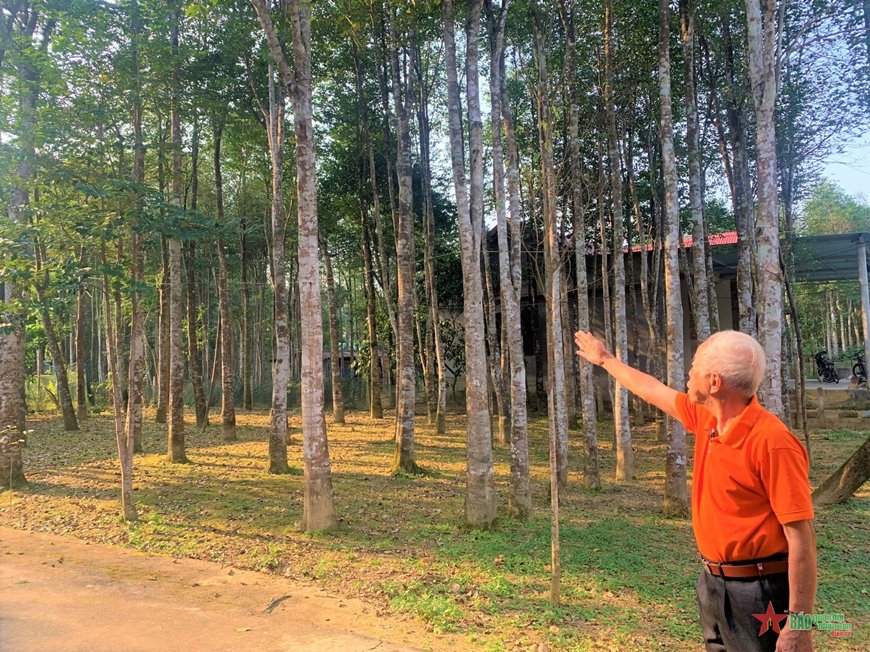 |
| Agarwood garden worth billions of dong of Mr. Nguyen Van Phuong in Phuc Trach commune. |
It is known that agarwood is created from the dó tree. When the dó tree is injured, it secretes a resin to heal the wound. Year after year, that resin gradually forms a type of wood called agarwood, which has a light fragrance... To form agarwood in a natural dó tree is very rare and takes a long time, about 10 years to harvest agarwood. Therefore, people have found ways to create many wounds on the dó tree trunk so that the tree has a reflex to create agarwood such as punching holes, stimulating biology, and pruning part of the tree trunk.
Up to now, in Huong Khe district, there are 682.5 hectares of agarwood trees, mainly concentrated in Phuc Trach commune with an area of 350 hectares. Agarwood growers can harvest and sell the whole tree or make many products such as handicrafts, agarwood buds, agarwood landscapes, agarwood incense... With high economic value, agarwood helps people in Phuc Trach, Huong Khe, change their lives, many families build spacious houses, buy cars, motorbikes... Information from the People's Committee of Phuc Trach commune said that the income from agarwood trees of the commune in 2023 reached 95 billion VND. Agarwood trees are identified as a tree that enriches the people of this mountainous region.
Mr. Nguyen Van Phuong is one of the households with many long-standing agarwood trees in Hamlet 8, Phuc Trach Commune. He has more than 1 hectare of agarwood garden, with about 400 trees over 20 years old. In Mr. Phuong's agarwood garden, there are many naturally formed agarwood trees. Previously, Mr. Phuong sold a garden for more than 1 billion VND, with a long-standing natural agarwood tree costing 170 million VND. He used that money to build a house and retire. Recently, a trader came to buy the entire garden of 400 trees, paying an average of 10 million VND per tree, but Mr. Phuong did not sell. His personal consumption demand is not much, he just wants to keep the agarwood garden beautiful to leave to his children and grandchildren.
Currently, in Phuc Trach commune, a craft village for making agarwood has been established with 50 participating households. From the purchased agarwood trees, craftsmen carry out the steps of chiseling the bark and cleaning to select the agarwood as the main material. After that, the agarwood is dried, creating different products. Especially for handicrafts, agarwood products are sold at very high prices. The cheapest agarwood bonsai tree made from agarwood costs 10 million VND, a tall tree with beautiful shape, many agarwood trees cost 50 - 100 million VND, a "family heirloom" tree costs up to half a billion VND. Ms. Vo Thi Nga, owner of Tho Nga agarwood processing facility in Phuc Trach commune, shared: “The value of agarwood trees depends on whether they are natural or man-made agarwood trees. Naturally formed agarwood will have a higher price. With the same age and size, some trees cost from 5 to 10 million VND, but some trees cost up to hundreds of millions of VND, depending on the amount of agarwood in each tree.”
SEE MORE: Removing obstacles for the carbon credit market
Faced with the high economic value of Aquilaria trees, almost 100% of the people in Phuc Trach commune rushed to plant Aquilaria. Not only the areas in home gardens, but also the forest and hill areas were converted from perennial timber trees to Aquilaria trees. Many people even destroyed areas planted with oranges and grapefruits, which are Phuc Trach specialties, to plant this economically valuable tree. Faced with the situation of people planting Aquilaria trees en masse, the local government has also directed and encouraged people to develop sustainably in the long term, both developing Aquilaria trees and maintaining stable areas of oranges and grapefruits in Phuc Trach.
Ms. Pham Thi Hanh, Vice Chairman of the People's Committee of Phuc Trach Commune, said: "For many years, Agarwood has been identified as a tree that brings high economic development value to the people. However, the Agarwood consumption market is not stable, prices still depend largely on traders, production and consumption levels are still small and not large; there are no large enterprises participating in linking production and consumption. Currently, the commune is building a plan to develop Agarwood trees from planning, training human resources to linking consumption markets so that Agarwood brings high and sustainable economic benefits."
According to Hoang Hoa Le/quandoinhandan.vn
Original article link
Source


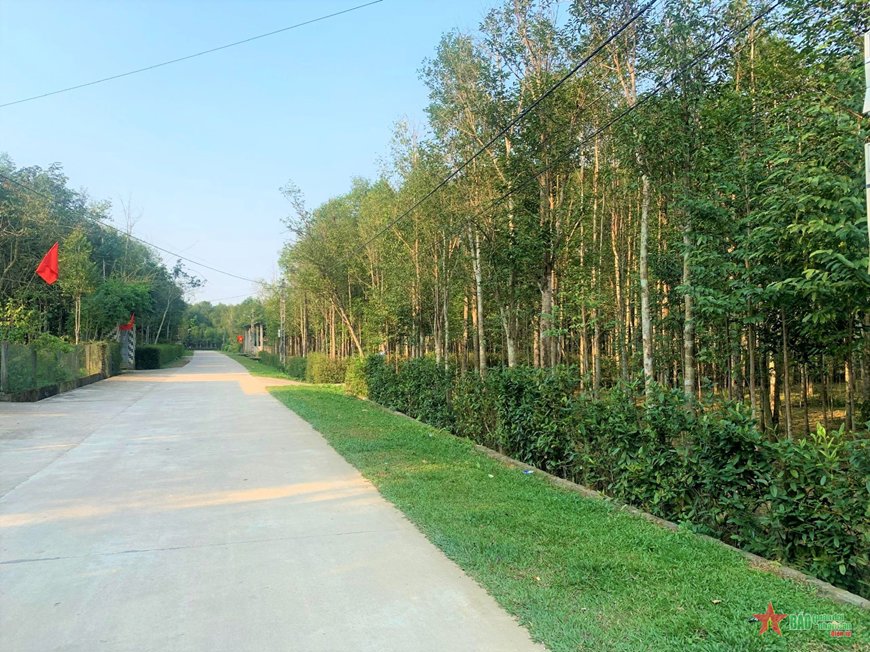


![[Photo] National Conference "100 years of Vietnamese Revolutionary Press accompanying the glorious cause of the Party and the nation"](https://vphoto.vietnam.vn/thumb/1200x675/vietnam/resource/IMAGE/2025/5/30/1cf6cd5c8a934ebfa347028dcb08358c)
![[Photo] General Secretary To Lam receives Chief of the Central Office of the Lao People's Revolutionary Party](https://vphoto.vietnam.vn/thumb/1200x675/vietnam/resource/IMAGE/2025/5/30/140435f4b39d4599a3d17975dfb444c5)


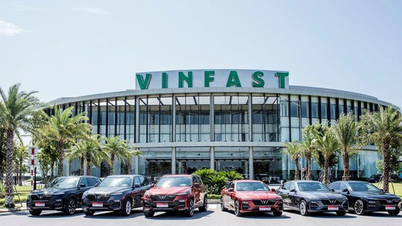



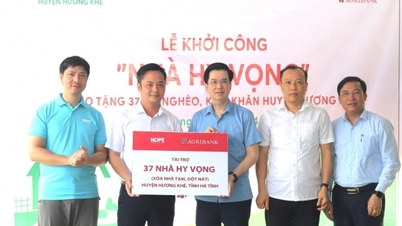






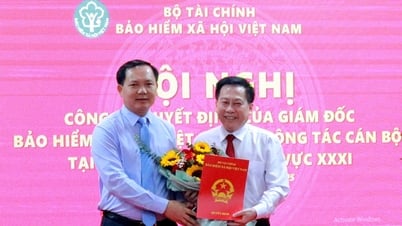
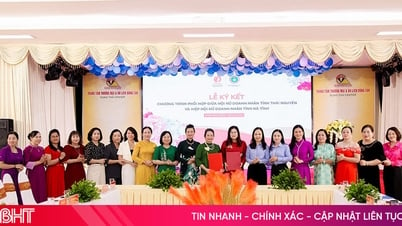
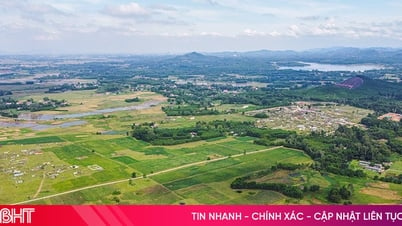
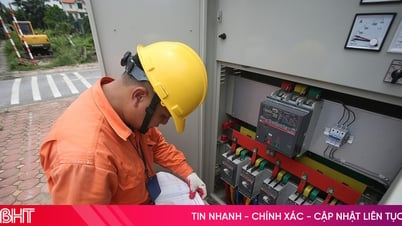
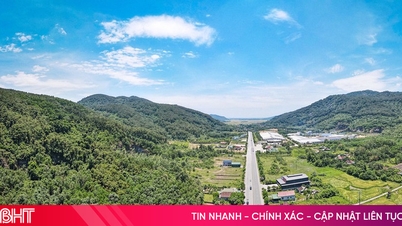




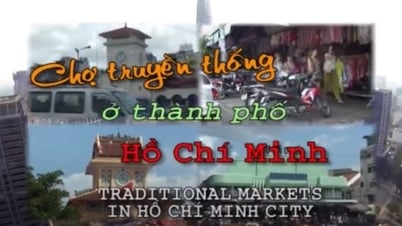
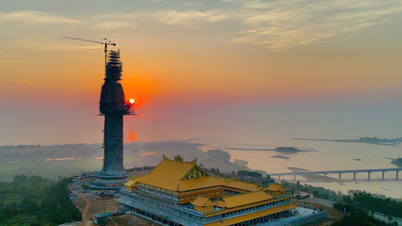


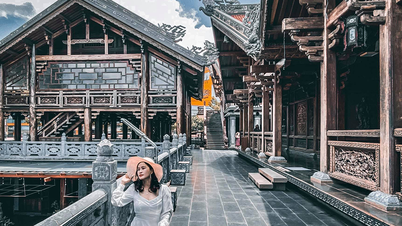

![[Photo] Journalists moved to tears at the Memorial Service for the soldiers who died in Gac Ma](https://vphoto.vietnam.vn/thumb/1200x675/vietnam/resource/IMAGE/2025/5/30/9454613a55c54c16bf8c0efa51883456)




























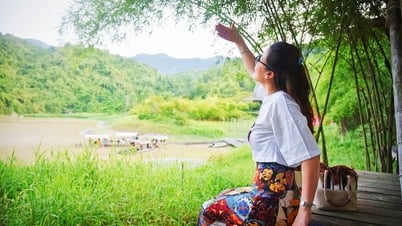
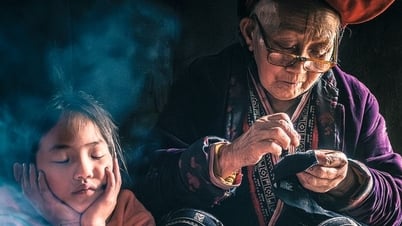





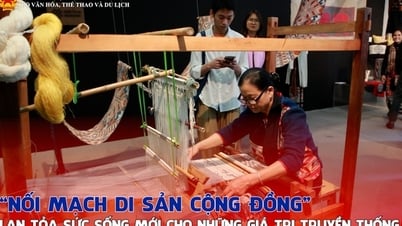
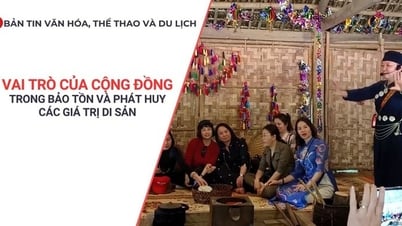



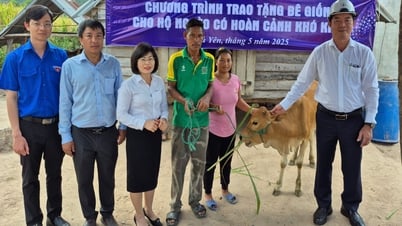

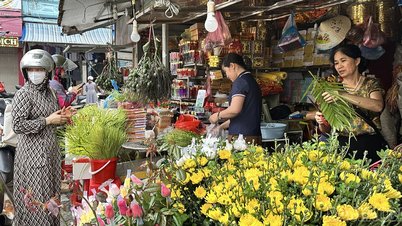

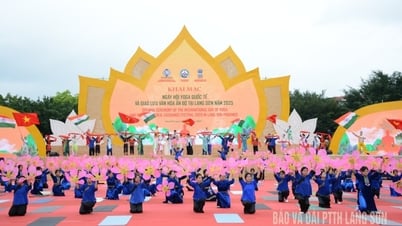




















Comment (0)